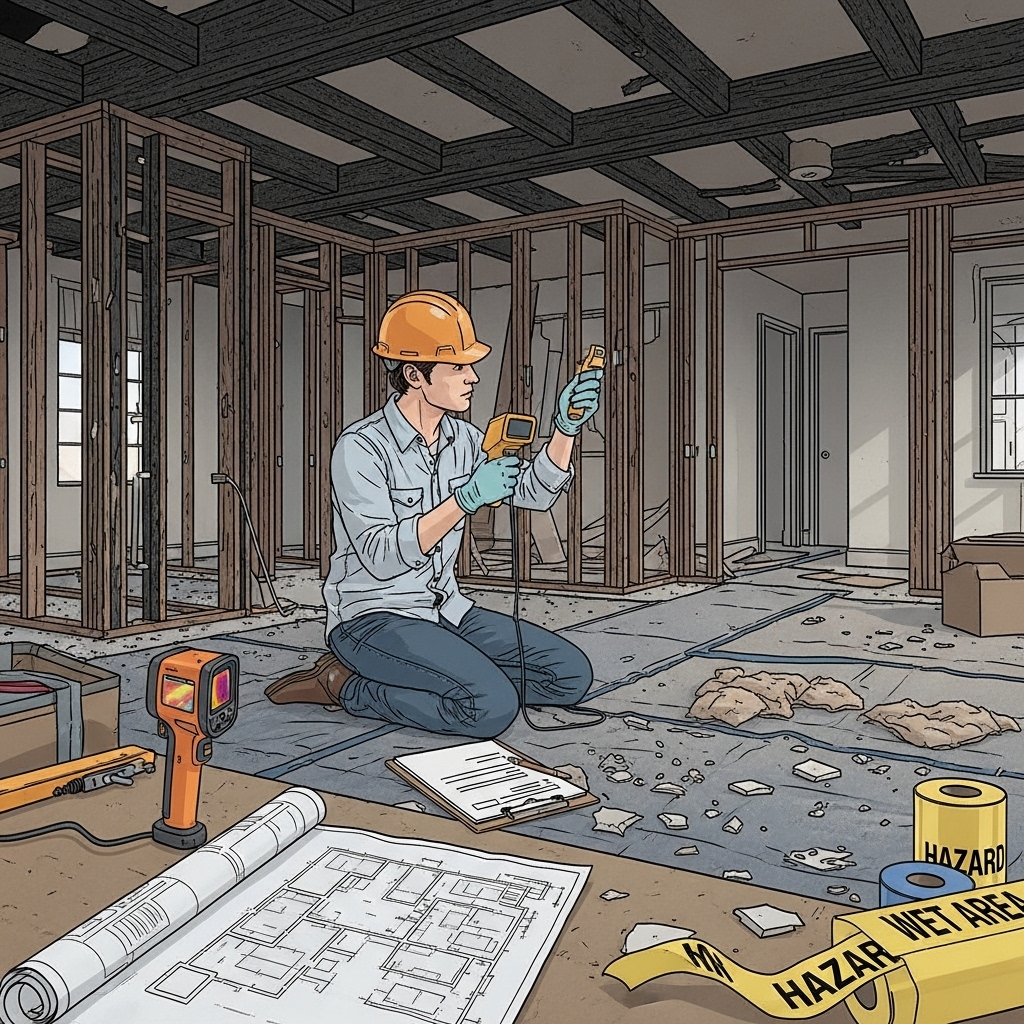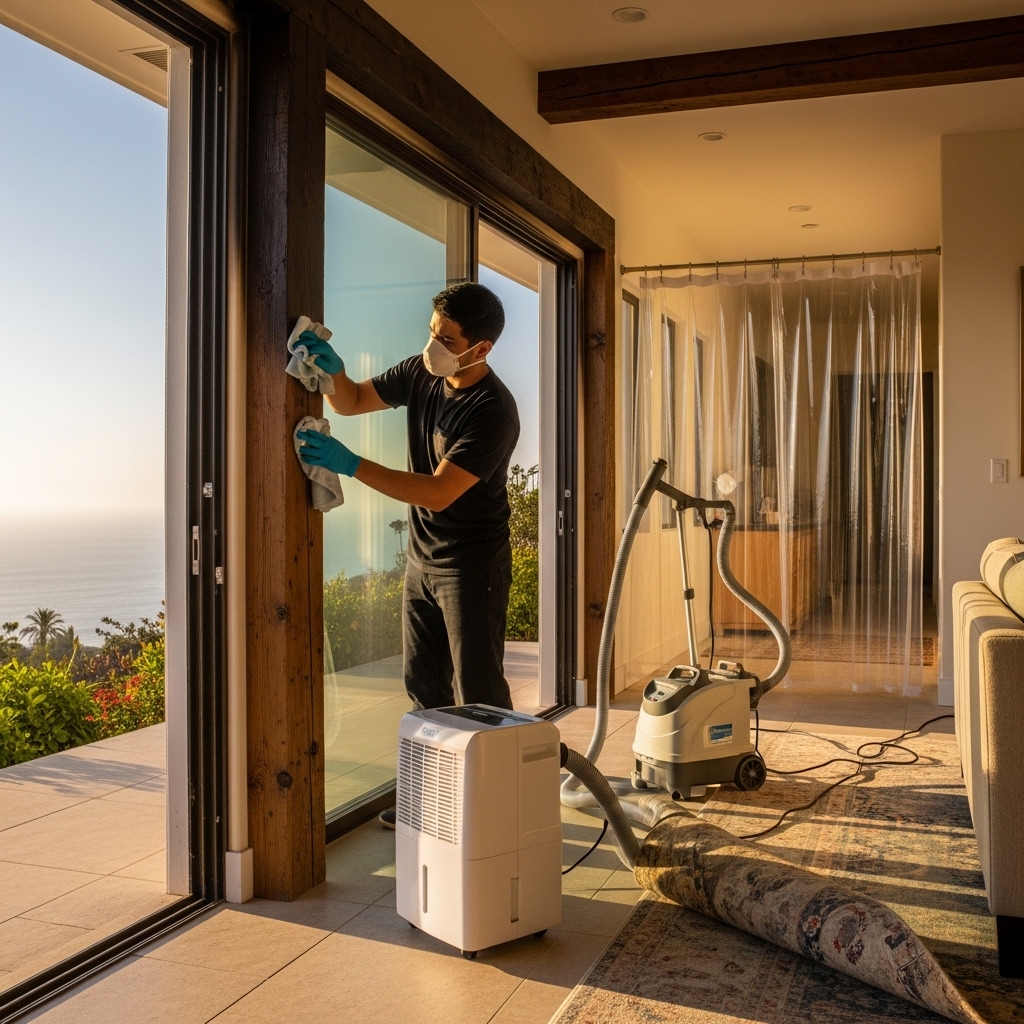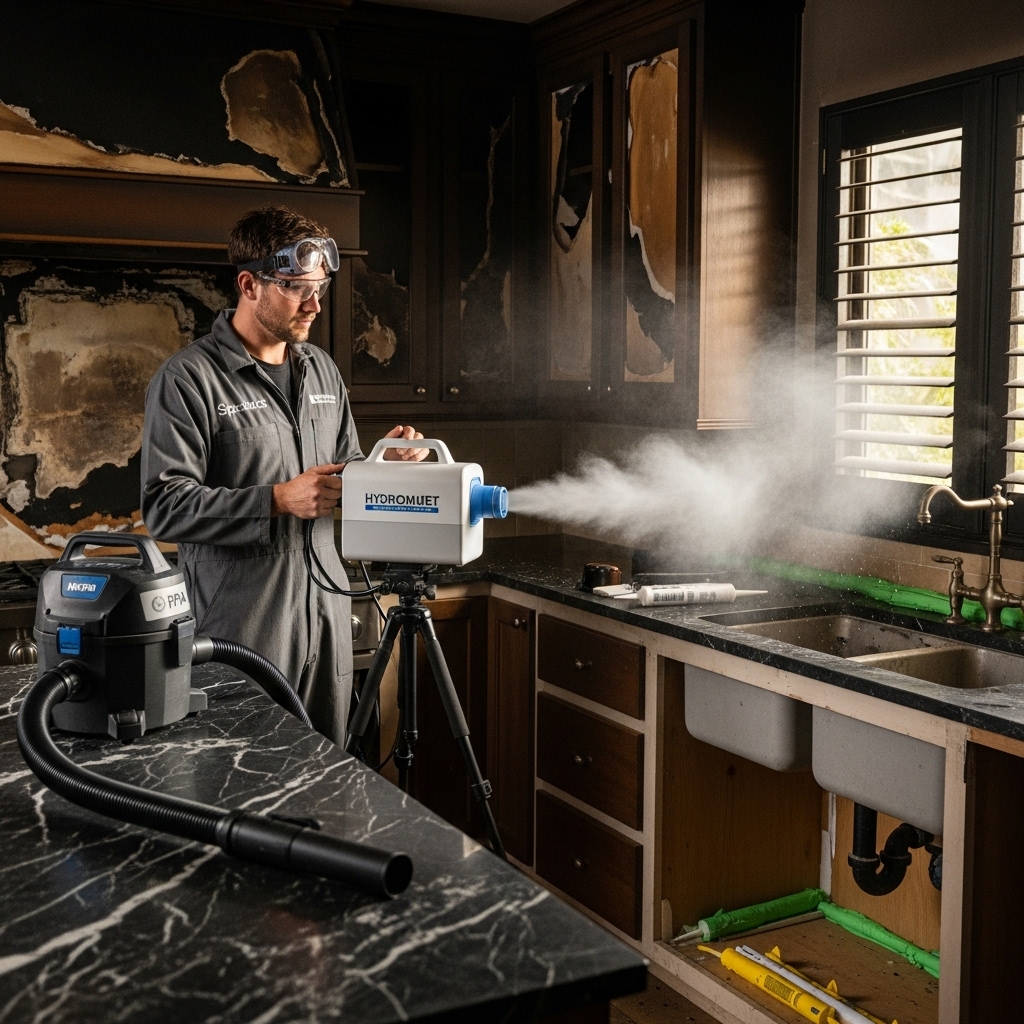Understanding What Influences Fire Restoration Repair Costs in Canoga Park
After a fire, one of the first questions property owners ask is what drives the overall investment in restoration and repairs. While exact figures depend on an on-site assessment, you can gain clarity by understanding the key factors that influence scope, sequencing, and time. In Canoga Park, California, local construction practices, climate, and permitting considerations also shape project planning. Working closely with a qualified fire damage restoration professional can help you make informed decisions, prioritize tasks, and protect long-term value without guesswork.
Importantly, the objective of restoration is not just to make spaces look clean again; it is to return the property to a safe, habitable condition. That includes addressing structural integrity, moisture from firefighting, smoke and soot contamination, electrical safety, and indoor air quality. Each of these elements contributes to timelines and resource needs, which in turn affect the overall repair plan.
Scope Starts with Assessment
A thorough inspection sets the foundation for an accurate project plan. Professionals evaluate the source and spread of the fire, the types of residues present, the extent of water exposure, and the affected materials. They map moisture, test surfaces, open select cavities, and review mechanical systems. The outcome is a prioritized scope indicating what can be cleaned, what must be removed, and what should be rebuilt. In Canoga Park, familiarity with common building assemblies—stucco exteriors, tile roofs, and a mix of older and newer framing—improves the accuracy of scoping and sequencing.
Structural Considerations
Structural elements bear the brunt of heat and water. Charred framing, weakened roof trusses, or delaminated sheathing require careful evaluation. Where feasible, selective removal minimizes demolition and preserves parts of the structure. When replacement is needed, the work must integrate with cleanup so that odor sources are removed and new materials are installed under clean, dry conditions. Structural interventions typically involve coordination with licensed contractors, engineers when necessary, and municipal building officials to ensure compliance with current standards.
Residue Types and Cleaning Complexity
Residues vary widely: dry soot from fast-burning fires, oily soot from plastics and synthetics, and protein films from kitchen incidents. Each reacts differently to cleaners and can affect surfaces in unique ways. Oily residues can smear if treated incorrectly, requiring more time and materials. Protein films, though often invisible, produce strong odors and call for specialized approaches. The more complex the residue profile, the more carefully the cleaning plan must be designed to avoid rework and ensure odor neutralization.
Water Damage from Firefighting
Fire suppression often leaves behind significant moisture. Unchecked, it can lead to swelling, staining, or microbial growth. Effective restoration includes rapid extraction, strategic removal of waterlogged materials, and calibrated drying. Moisture mapping and monitoring verify progress and support decisions about when rebuild can safely begin. Integrated moisture management helps protect finishes and minimizes future maintenance concerns.
HVAC and Indoor Air Quality
Smoke migrates through ductwork and equipment housings, depositing fine particles that carry odor and can be corrosive. Evaluating and servicing HVAC systems—sealing registers during cleanup, replacing filters, and cleaning ducts—contributes to a healthier environment and reduces the risk of odor returning after occupancy. This step is especially important in the San Fernando Valley’s climate, where heating and cooling systems run frequently and can act as distribution networks for contaminants if not addressed.
Contents: Salvage, Cleaning, and Replacement Decisions
Personal belongings and business assets are evaluated for salvageability. Some items can be cleaned on-site; others require pack-out and specialized treatment. Electronics, artwork, textiles, and documents may need different handling and controlled environments. Documented decisions about contents help align expectations, avoid delays, and support insurance coordination. Clear labeling and inventory control ensure that items re-enter the property only when the structure is ready to receive them.
Permits and Code Considerations in Canoga Park
Repairs that alter structural elements, electrical systems, plumbing, or mechanical components may require permits. Local code requirements may also trigger upgrades that enhance safety and resilience. Planning for inspections and coordinating with city departments keeps the project moving and ensures that the finished work meets current standards. Experienced local teams can advise on typical review timelines and common documentation requirements, helping to avoid surprises.
Project Sequencing and Coordination
A well-orchestrated sequence reduces downtime and prevents rework. Cleanup precedes rebuild, with careful checks to confirm that odor sources are removed and that materials are dry. Trades are scheduled to minimize conflicts, and containment zones are adjusted as work proceeds. This disciplined approach not only supports quality but also enhances efficiency, keeping momentum steady from stabilization through final detailing.
Common Variables That Expand or Limit the Scope
- Extent of charring and heat exposure to structural members.
- Volume of water used in suppression and the resulting moisture profile.
- Residue types and distribution, including hidden cavities.
- Accessibility of affected areas—attics, crawlspaces, or complex mechanical rooms.
- Presence of sensitive materials such as natural stone, custom millwork, or high-end finishes.
- Occupancy needs and phasing requirements for homes or businesses.
- Availability of materials for repair and local labor conditions.
Managing Expectations and Communication
Transparent communication is essential. Your restoration partner should provide a written scope, outline contingency steps for unexpected discoveries, and share progress updates. Photographic documentation, moisture readings, and air quality metrics can demonstrate milestones. If conditions change, a revised plan keeps everyone aligned and helps maintain momentum.
Insurance Collaboration
Comprehensive documentation supports claims and streamlines approvals. This includes initial assessments, itemized scopes, contents inventories, and before-and-after photos. Joint site visits with adjusters help build consensus on salvage decisions and repair priorities. Maintaining organized records ensures that questions can be answered quickly and accurately.
How Homeowners and Businesses Can Support the Process
While specialized tasks belong to professionals, owners can accelerate progress by limiting movement in affected areas, identifying high-priority items, and avoiding DIY cleaning that may set stains or spread soot. Clear access for crews, prompt decisions on contents, and timely communication about scheduling preferences also contribute to an efficient project.
Timelines Without Guesswork
Although each project is unique, a general progression applies: stabilization and moisture control, detailed cleaning and deodorization, selective demolition, and rebuild. The duration of each phase is shaped by property size, residue complexity, humidity levels, and material availability. Your provider should offer a timeline estimate after the initial assessment and refine it as data accumulates.
Why Local Expertise Matters in the San Fernando Valley
Canoga Park’s mix of residential and commercial structures, coupled with regional climate dynamics, calls for tailored strategies. Local professionals understand common roof assemblies, stucco and plaster repair nuances, and how seasonal winds can move soot into hidden cavities. This experience informs scoping, containment plans, and deodorization tactics, supporting dependable outcomes.
At any stage, consulting a seasoned fire damage restoration team provides clarity. From initial assessment to final walkthrough, a disciplined, data-driven approach helps safeguard health, preserve materials, and restore function and comfort without unnecessary detours.
Frequently Asked Questions
Q: What determines the overall effort required for fire restoration?
A: Key drivers include the size of the affected area, residue types, moisture levels, accessibility, and the condition of structural and mechanical systems.
Q: Can smoke odor be fully removed?
A: In most cases, yes. Successful deodorization combines thorough source removal, targeted cleaning, and proven odor-neutralization methods selected for your property’s materials.
Q: Do I need to replace all materials that were exposed to smoke?
A: Not necessarily. Many surfaces can be cleaned effectively. Decisions depend on material porosity, residue type, exposure duration, and structural considerations.
Q: How are electronics and appliances evaluated?
A: Because soot can be corrosive and conductive, electronics should be inspected by professionals before use. Restoration teams coordinate evaluations and document findings for claims.
Q: Will I need permits for repairs in Canoga Park?
A: Permits are typically required for structural, electrical, plumbing, or mechanical work. Your restoration partner can advise on local requirements and help coordinate approvals.
Q: How long will the restoration take?
A: Timelines vary. Your provider will estimate duration based on assessment data and then update the plan as work progresses and new information emerges.
Take the Next Step with Confidence
If you are weighing repair priorities after a fire in Canoga Park, you do not have to navigate the process alone. From scope development and documentation to cleanup and rebuild coordination, an experienced team can streamline decisions and provide dependable guidance. For clear explanations, responsive communication, and proven methods, connect with local experts in fire damage restoration who can help restore safety and comfort efficiently.


